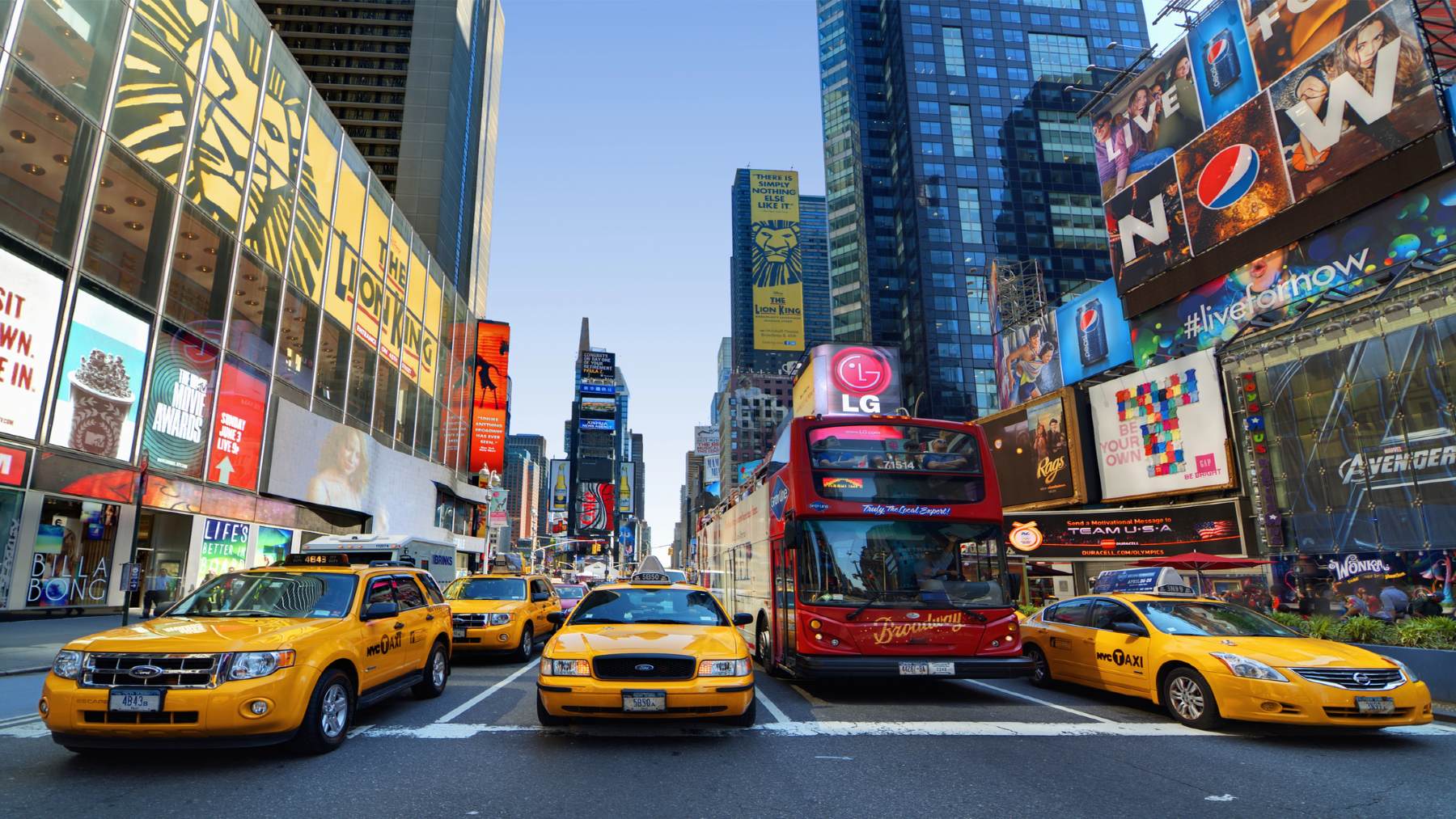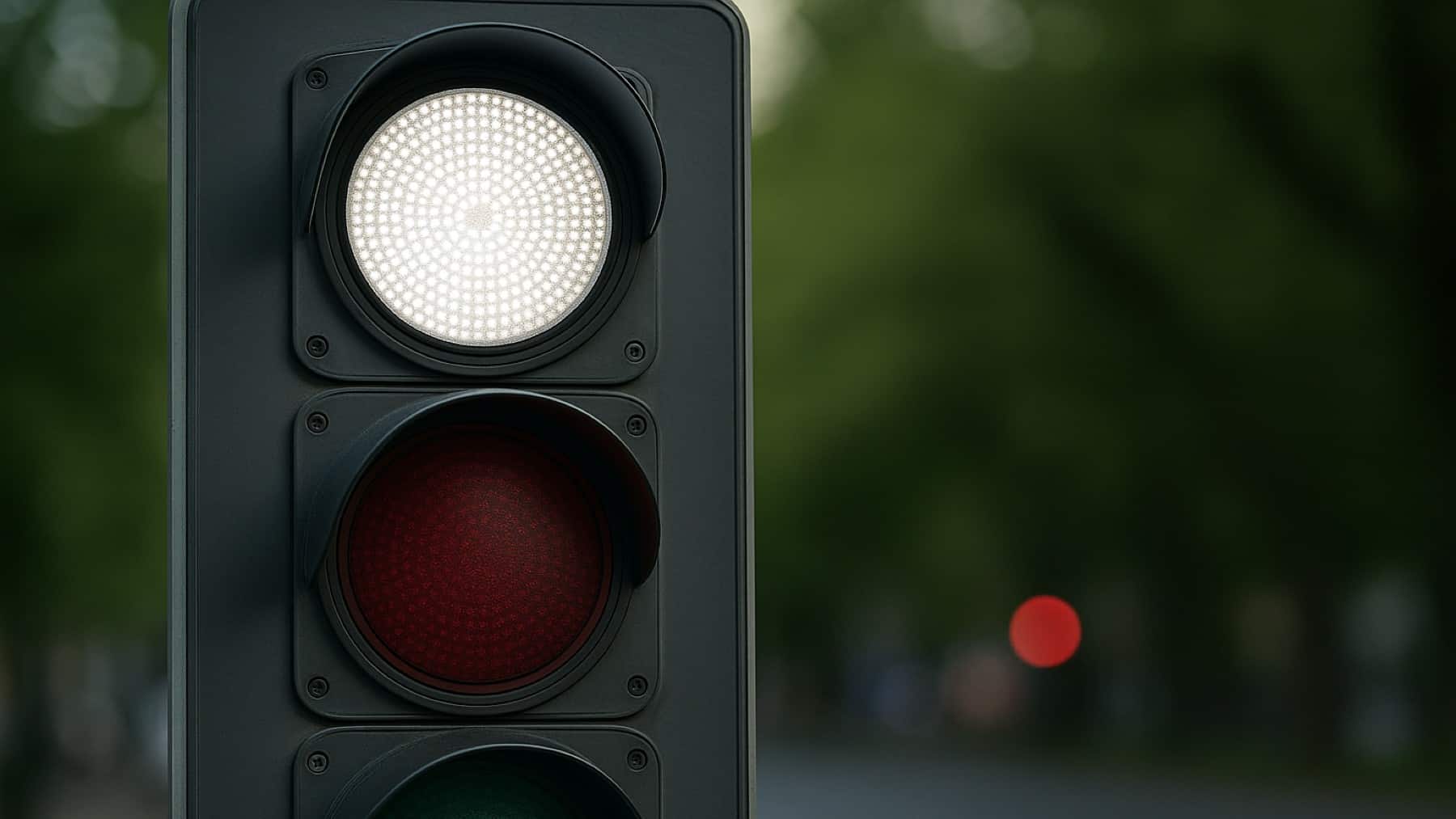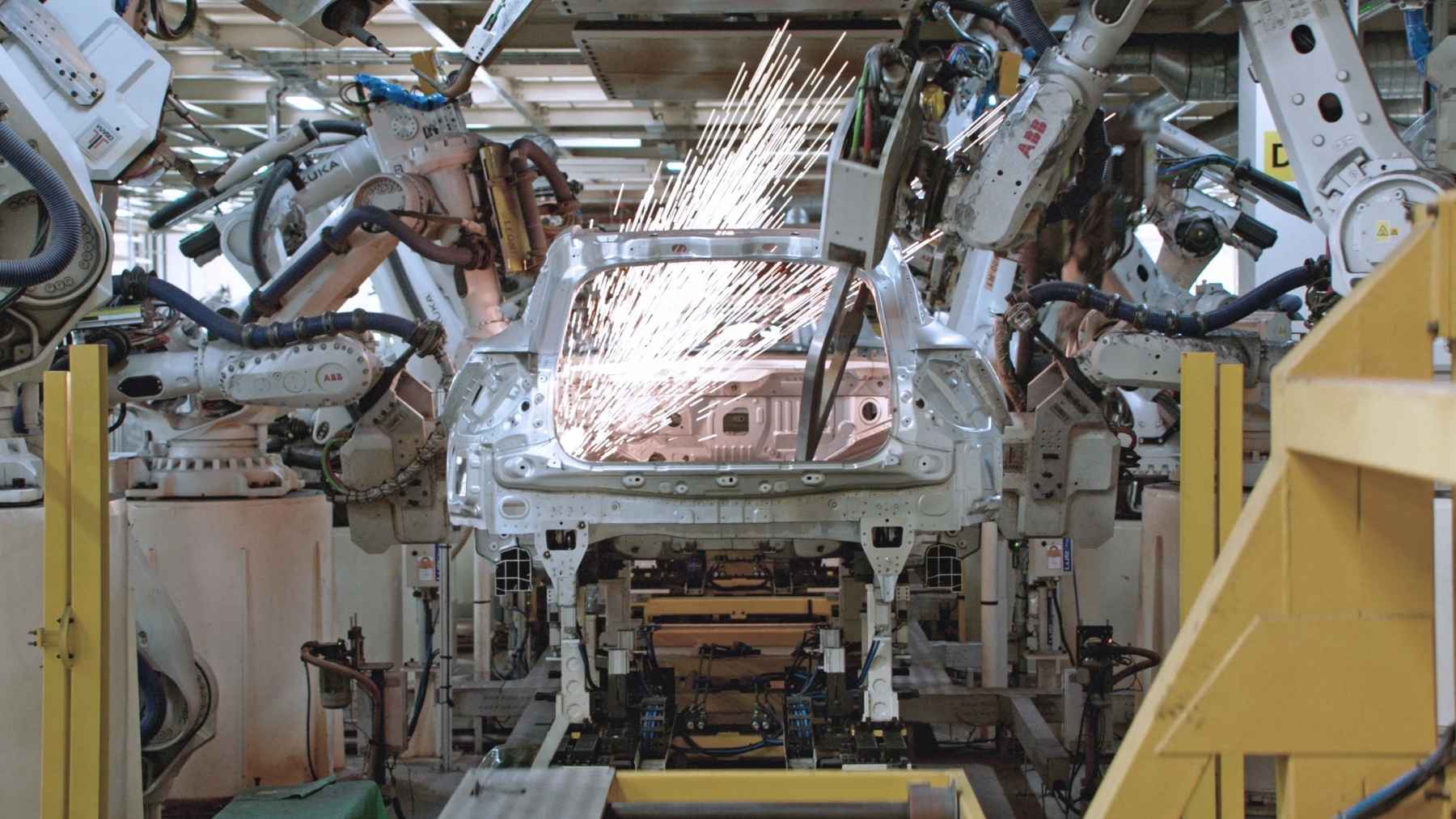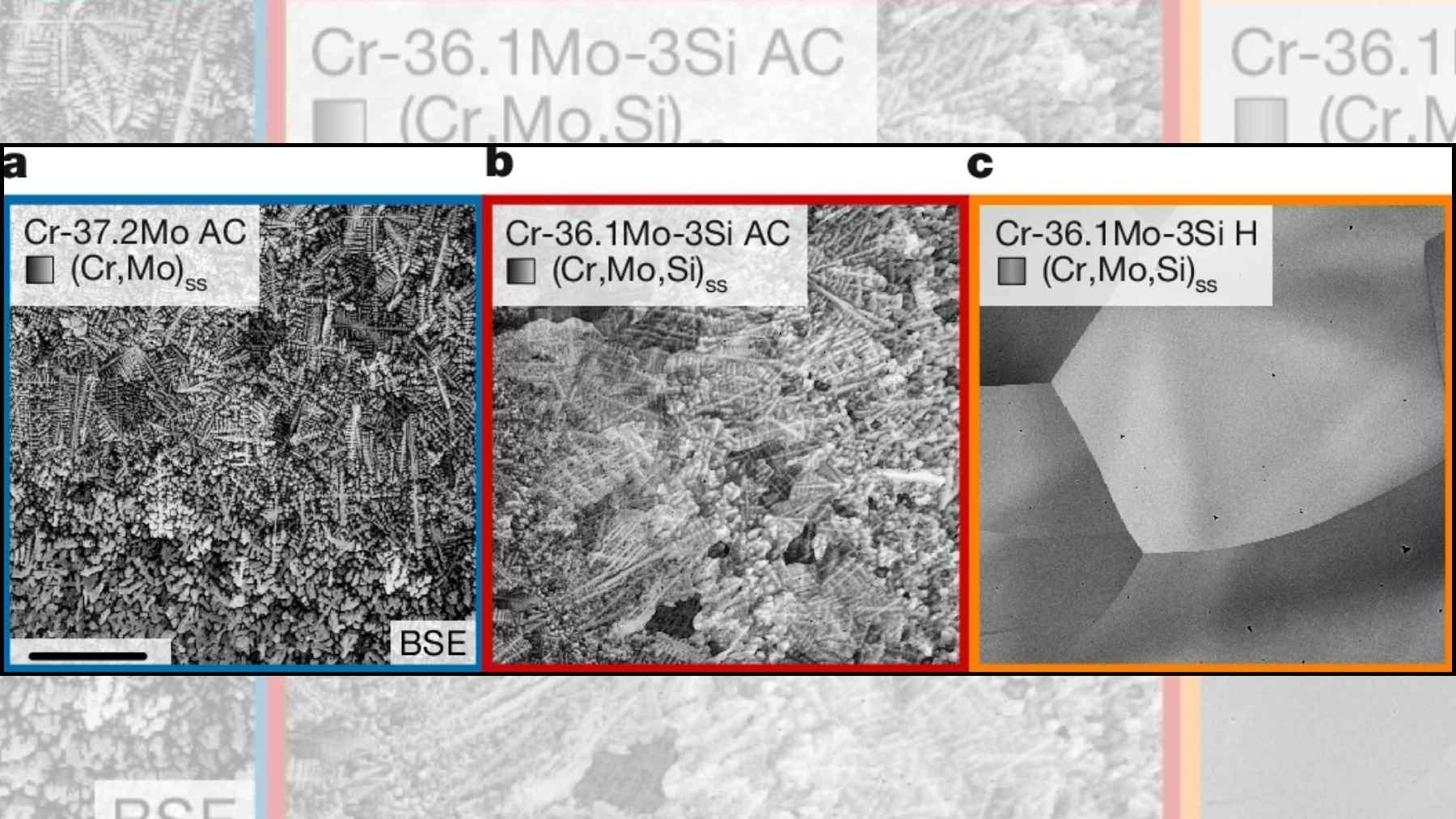This 2040 vision for New York will completely transform the transportation network in the esteemed city. New York City is home to one of the most well-known public subway systems, utilized every day by thousands of residents. However, public transport systems require constant attention to ensure that they are not only operating efficiently, but are also able to accommodate the number of people who live in a particular location. Additionally, the technology must also be advanced to be in line with modern updates and components.
Ensuring public transportation remains sophisticated
Public transportation systems are an important part of a functioning society. Ensuring that all individuals have access to transport, regardless of location and socioeconomic status, contributes to an equitable social system and reduces systemic barriers to inequality. Additionally, these systems must be both widespread and congruent with technological advancements to ensure that they continue to have an impact and are efficient.
Recently, on top of creating accessible transport options, the industry has also faced demands to implement carbon-neutral solutions in order to ensure the sustainable future of the planet. This means that current public transportation networks in place must also be updated to incorporate modern technology that reduces carbon emissions to prevent irreparable climate damage.
2040 vision for New York will see new transport technology
New York City has one of the most well-known and extensive public transport systems in the world. Not just limited to the 24-hour operational subway system, the City’s transportation network includes other systems such as buses, trams, trains, and, not to mention, the prevalent taxi drivers on the roads. All these systems contribute towards a widespread network to connect all five of the City’s boroughs together.
Recently, authorities have announced a 2040 vision for New York, specifically for its transportation systems. In line with demands to create a carbon-neutral transport system, the MTA New York City Transit line plans to have all 5,800 of its bus fleet updated to be 100% emission-free vehicles by 2040. The pilot program for this initiative began in 2017 and concluded in 2021, with the project currently in its implementation stage.
“Transportation is a major contributor to climate change, and diesel buses are no exception. Adopting zero-emissions buses means cleaner air, reduced dependence on fossil fuels, and a sustainable and resilient transit system for future generations,” describes MTA on their website.
While electric and other alternative engine initiatives have particularly taken off in the passenger vehicle world, initiatives to transform public transportation systems have been somewhat slower. However, future-oriented plans from authorities such as the MTA showcase how the whole transportation industry is remaining committed to moving towards a sustainable future.
New autonomous vehicle fleets expand
While the transportation industry has been largely focused on applying increased widespread efforts to implement sustainable engine technology, other futuristic projects are beginning to emerge, which are also set to define what the next era of vehicles and transport will look like. One such project to become a reality sooner than we think is the release of fully autonomous vehicles for consumer purchase.
Currently, autonomous vehicle technologies are limited to being used only for driver assistance and are not yet able to drive the vehicle themselves without driver supervision. However, developers such as American electric vehicle company Tesla are currently piloting more advanced autonomous driving initiatives.
This new phase of Level Four autonomous vehicles would transform the transportation industry in ways never seen before. However, to see these vehicles actually be integrated into daily life, their developers will have to address a number of legal concerns and requirements, particularly regarding who is responsible when an accident occurs in one of these vehicles. These ethical challenges must be addressed as an imperative if autonomous driving is to become the new norm.














